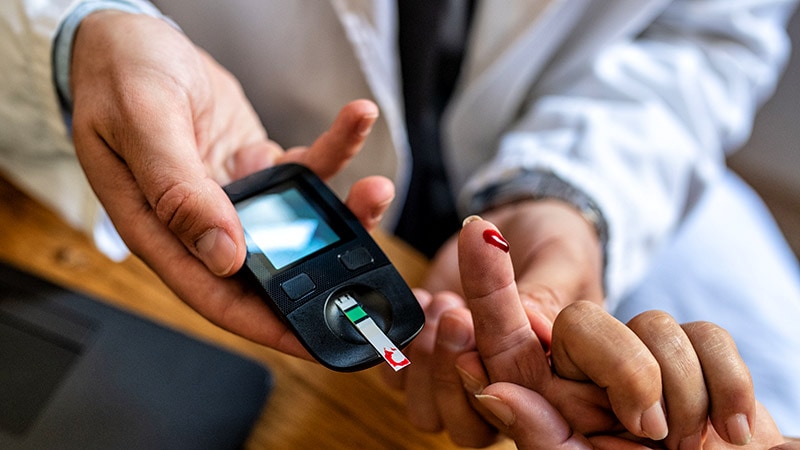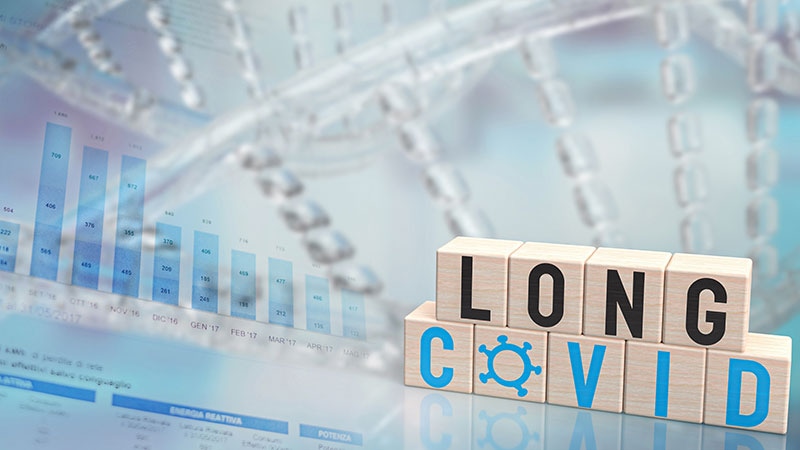Takeaway
- Linagliptin is noninferior to glimepiride for cardiovascular safety in adults with relatively early type 2 diabetes (T2D) and elevated cardiovascular risk.
Why this matters
- “When choosing medications to manage type 2 diabetes, cardiovascular safety, glucose-lowering potency, hypoglycaemia risk, effect on body weight, and cost are important considerations,” say researchers.
Study design
- CAROLINA noninferiority trial of 6033 patients (mean age, 64.0 years; 39.9% women) with T2D (mean HbA1c, 7.2% [range, 6.5%-8.5%]) and elevated cardiovascular risk.
- Participants were randomly assigned to receive 5 mg of linagliptin or 1-4 mg of glimepiride once daily in addition to usual care.
- Funding: Boehringer Ingelheim; Eli Lilly and Company.
Key results
- Primary endpoint was time to first occurrence of cardiovascular death, nonfatal myocardial infarction, or nonfatal stroke over a median follow-up of 6.3 years.
- The primary outcome occurred in 11.8% (356/3023) of linagliptin-treated patients vs 12.0% (362/3010) receiving glimepiride.
- HR was 0.98 and met the criteria for noninferiority (P<.001) but not superiority (P=.76).
- Proportion of patients with ≥1 hypoglycaemic adverse event was lower with linagliptin vs glimepiride (10.6% vs 37.7%), corresponding to a 77% risk reduction (HR=0.23; 95% CI, 0.21-0.26).
Limitations
- Results may not apply to patients with more advanced diabetes.
References
References



